Soy sauce - Wikipedia
Your folders
Your folders
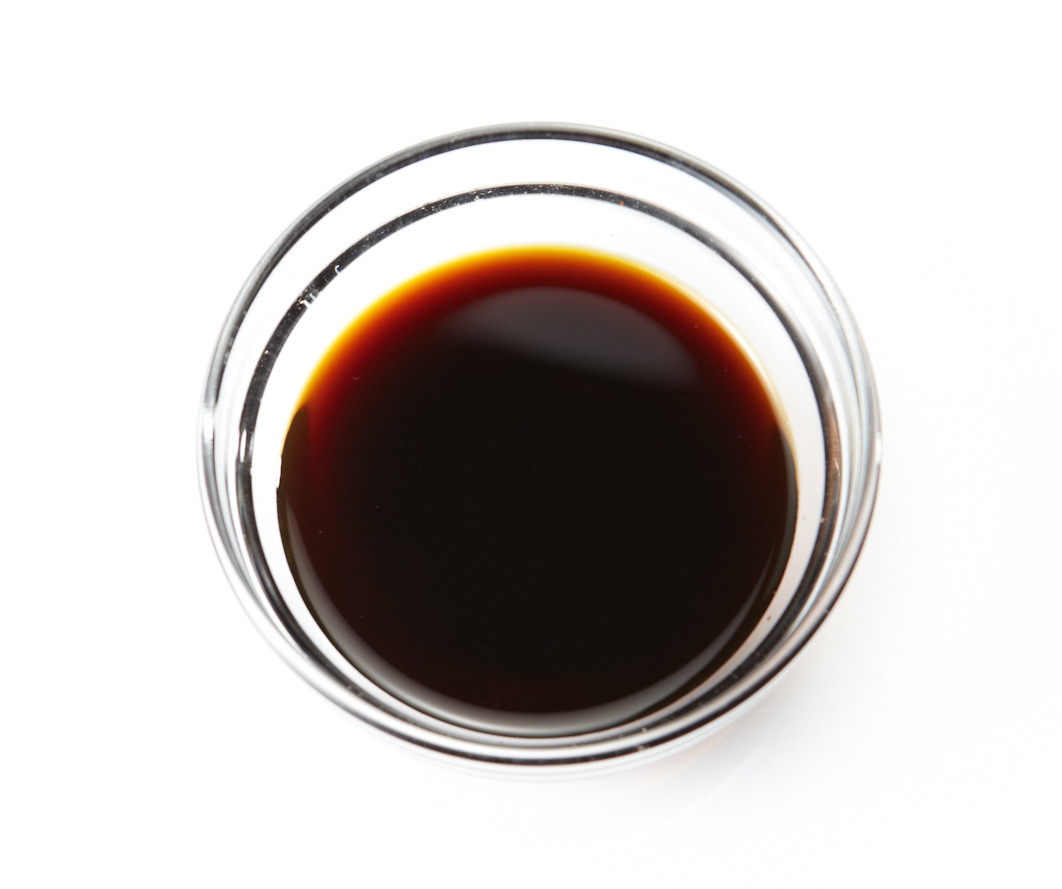
Ingredients
Export 1 ingredients for grocery delivery
Instructions
Step 1
Soaking and cooking: The soybeans are soaked in water and boiled until cooked. Wheat is roasted, crushed.Koji culturing: Equal amounts of boiled soybeans and roasted wheat are mixed to form a grain mixture. A culture of Aspergillus spore is added to the grain mixture and mixed or the mixture is allowed to gather spores from the environment itself. The cultures include:Aspergillus: a genus of fungus that is used for fermenting various ingredients (the cultures are called koji in Japanese). Three species are used for brewing soy sauce:A. oryzae: Strains with high proteolytic capacity are used for brewing soy sauce.[32]A. sojae: This fungus also has a high proteolytic capacity.A. tamarii:[33] This fungus is used for brewing tamari, a variety of soy sauce.Saccharomyces cerevisiae: the yeasts in the culture convert some of the sugars to ethanol which can undergo secondary reactions to make other flavor compoundsOther microbes contained in the culture:Bacillus spp. (genus): This organism is likely to grow in soy sauce ingredients, and to generate odors and ammonia.Lactobacillus species: This organism makes a lactic acid that increases the acidity in the feed.Brewing: The cultured grain mixture is mixed into a specific amount of salt brine for wet fermentation or with coarse salt for dry fermentation and left to brew. Over time, the Aspergillus mold on the soy and wheat break down the grain proteins into free amino acid and protein fragments and starches into simple sugars. This amino-glycosidic reaction gives soy sauce its dark brown color. Lactic acid bacteria ferments the sugars into lactic acid and yeast makes ethanol, which through aging and secondary fermentation makes numerous flavor compounds typical of soy sauce.Pressing: The fully fermented grain slurry is placed into cloth-lined containers and pressed to separate the solids from the liquid soy sauce. The isolated solids are used as fertilizer or fed to animals while the liquid soy sauce is processed further.Pasteurization: The raw soy sauce is heated to eliminate any active yeasts and molds remaining in the soy sauce and can be filtered to remove any fine particulatesStorage: The soy sauce can be aged or directly bottled and sold.
Step 2
^ .mw-parser-output cite.citation{font-style:inherit;word-wrap:break-word}.mw-parser-output .citation q{quotes:"\"""\"""'""'"}.mw-parser-output .citation:target{background-color:rgba(0,127,255,0.133)}.mw-parser-output .id-lock-free a,.mw-parser-output .citation .cs1-lock-free a{background:url("//upload.wikimedia.org/wikipedia/commons/6/65/Lock-green.svg")right 0.1em center/9px no-repeat}.mw-parser-output .id-lock-limited a,.mw-parser-output .id-lock-registration a,.mw-parser-output .citation .cs1-lock-limited a,.mw-parser-output .citation .cs1-lock-registration a{background:url("//upload.wikimedia.org/wikipedia/commons/d/d6/Lock-gray-alt-2.svg")right 0.1em center/9px no-repeat}.mw-parser-output .id-lock-subscription a,.mw-parser-output .citation .cs1-lock-subscription a{background:url("//upload.wikimedia.org/wikipedia/commons/a/aa/Lock-red-alt-2.svg")right 0.1em center/9px no-repeat}.mw-parser-output .cs1-ws-icon a{background:url("//upload.wikimedia.org/wikipedia/commons/4/4c/Wikisource-logo.svg")right 0.1em center/12px no-repeat}.mw-parser-output .cs1-code{color:inherit;background:inherit;border:none;padding:inherit}.mw-parser-output .cs1-hidden-error{display:none;color:#d33}.mw-parser-output .cs1-visible-error{color:#d33}.mw-parser-output .cs1-maint{display:none;color:#3a3;margin-left:0.3em}.mw-parser-output .cs1-format{font-size:95%}.mw-parser-output .cs1-kern-left{padding-left:0.2em}.mw-parser-output .cs1-kern-right{padding-right:0.2em}.mw-parser-output .citation .mw-selflink{font-weight:inherit}"Definition of SOY SAUCE". www.merriam-webster.com. Retrieved 28 October 2020. ^ Leboffe, Michael; Pierce, Burton (30 July 2006). Microbiology Laboratory Theory and Application (2nd ed.). Morton Publishing Company. p. 317. ISBN 9780895827081. ^ "Soy Sauce, China's Liquid Spice". www.flavorandfortune.com. Archived from the original on 8 November 2016. Retrieved 7 November 2016. ^ a b c "調料文化:醬油的由來". 30 January 2012. Archived from the original on 30 January 2012. ^ a b c Hsing-Tsung, Huang (2000). Joseph Needham: Science and Civilisation in China, Vol.6, Part 5. Cambridge University Press. p. 346. ISBN 978-0521652704. ^ a b c d e Hsing-Tsung, Huang (2000). Joseph Needham: Science and Civilisation in China, Vol.6, Part 5. Cambridge University Press. pp. 358–359. ISBN 978-0521652704. ^ Tanaka, Norio. "Shōyu: The Flavor of Japan," Archived 26 February 2009 at the Wayback Machine The Japan Foundation Newsletter Vol. XXVII, No. 2 (January 2000), p. 2. ^ a b c d e f g h i j k l m n o Traditional and modern Japanese soy foods : manufacturing, nutrition and cuisine of a variety of soy foods for health and joy of taste. Ohyama, Takuji. Hauppauge, New York. 14 May 2014. ISBN 9781626186071. OCLC 858282101.{{cite book}}: CS1 maint: location missing publisher (link) CS1 maint: others (link) ^ 林洪 [in Chinese]. 山家清供. ^ 浦江吴氏. 浦江吳氏中饋錄. ^ zh:醬 ^ Kurlansky, Mark (2002). Salt: A world history. New York: Walker and Co. p. 20. ISBN 978-0-8027-1373-5. ^ Williams, Samuel Wells (1848), The Middle Kingdom: A Survey of the Geography, Government, Education, Social Life, Arts, Religion, &c. of the Chinese Empire and Its Inhabitants, 2 vol. Wiley & Putnam ^ a b c d e f g h i j Hosking, Richard. (24 February 2015). A dictionary of Japanese food : ingredients & culture. Ishige, Naomichi. (First ed.). Tokyo, Japan. ISBN 9781462903436. OCLC 876044632.{{cite book}}: CS1 maint: location missing publisher (link) ^ Wilson, Kathy (2010). Biotechnology and genetic engineering. New York: Facts on File. p. 90. ISBN 978-0-8160-7784-7. ^ a b Sugiura, K.; Sugiura, M. (Fall 2019). "Soy Sauce Allergy". Journal of the European Academy of Dermatology and Venereology. 24 (7): 852–855. doi:10.1111/j.1468-3083.2009.03512.x. PMID 19943834. S2CID 26089906. ^ a b 강, 명기 (20 October 2006). "항암효과가 탁월한 우리의 구수한 된장" [Our flavourful doenjang with potent antitumor effect]. Dailian (in Korean). Retrieved 9 November 2016. ^ 황, 광해 (9 January 2013). "바람이 말리고 세월이 삭힌 깊은 맛" [Deep flavour, dried by wind and fermented by time]. Weekly Hankook (in Korean). Retrieved 9 November 2016. ^ Koo, Chun-Sur (Spring 2004). "Ganjang and Doenjang: Traditional Fermented Seasonings" (PDF). Koreana. Vol. 18, no. 1. The Korea Foundation. Archived from the original (PDF) on 9 November 2016. Retrieved 9 November 2016. ^ 신, 동민 (9 November 2015). "행복을 부르는 맛 '간장'...집에서 만든 만능간장소스 하나면 OK" [Ganjang, the flavour that brings happiness... Home-made versatile ganjang sauce is all you need]. Maekyung Economy. No. 1831. Retrieved 9 November 2016. ^ a b 하, 상도 (11 January 2016). "신라시대에 왕비 폐백품목에도 있었던 식품은?" [Guess what food was used for pyebaek ceremony of a Silla queen]. Chosun pub (in Korean). Archived from the original on 25 January 2016. Retrieved 9 November 2016. ^ 김, 성윤 (19 January 2012). "정월에 담근 장이 가장 맛있다는데..." [Jang tastes the best when made in the first month of the year (in the Lunar calendar)]. Chosun Ilbo (in Korean). Retrieved 9 November 2016. ^ Adobo: The History Behind A National Favorite. Pepper Magazine. ^ Tanaka, p. 6. ^ Titsingh, Isaac. (1781). "Bereiding van de Soya" ("Producing Soy Sauce"), Verhandelingen van het Bataviaasch Genootschap (Transactions of the Batavian Academy), Vol. III. OCLC 9752305 ^ a b Tanaka, p. 7. ^ Warg, Cajsa (1770) Hjelpreda i Hushållningen för Unga Fruentimber, "Soija" pp. 70—71 of the appendix ^ "How Japanese and Japanese-Americans Brought Soyfoods to the United States and the Hawaiian Islands - A History (1851-2011) - SoyInfo Center". www.soyinfocenter.com. ^ Shurtleff, William; Aoyagi, Akiko (2004). "History of Soy Sauce, Shoyu, and Tamari – Page 7". Soy Info Center. Retrieved 27 December 2019. ^ Lertsiri, Sittiwat; Maungma, Roungdao; Assavanig, Apinya; Bhumiratana, Amaret (1 May 2001). "Roles of the Maillard Reaction in Browning During Moromi Process of Thai Soy Sauce". Journal of Food Processing and Preservation. 25 (2): 149–162. doi:10.1111/j.1745-4549.2001.tb00450.x. ISSN 1745-4549. ^ "Tamari, Soy Sauce – San-J". san-j.com. Archived from the original on 18 February 2011. ^ Maheshwari, D.K.; Dubey, R.C.; Saravanamuthu, R. (2010). Industrial exploitation of microorganisms. New Delhi: I.K. International Pub. House. p. 242. ISBN 978-93-8002-653-4. ^ Dorner, J W (December 1983). "Production of cyclopiazonic acid by Aspergillus tamarii Kita". Applied and Environmental Microbiology. 46 (6): 1435–1437. Bibcode:1983ApEnM..46.1435D. doi:10.1128/AEM.46.6.1435-1437.1983. ISSN 0099-2240. PMC 239590. PMID 6660879. ^ "Korean Restaurant Guide article on soy sauce". Koreanrestaurantguide.com. Archived from the original on 27 September 2010. Retrieved 16 July 2010. ^ a b c d e f Wanwan. "中国、日本和韩国的酱油有什么异同?" [What are the commonalities and differences among Chinese, Japanese, and Korean soy sauces?]. Zhihu Daily (curated section). Retrieved 25 August 2022. ^ a b c Feng, Yunzi; Cai, Yu; Su, Guowan; Zhao, Haifeng; Wang, Chenxia; Zhao, Mouming (February 2014). "Evaluation of aroma differences between high-salt liquid-state fermentation and low-salt solid-state fermentation soy sauces from China". Food Chemistry. 145: 126–134. doi:10.1016/j.foodchem.2013.07.072. PMID 24128458. ^ "2017年中国酱油产量、出口量、进口量及表观消费量走势分析【图】_中国产业信息网". www.chyxx.com. ^ a b HE, Changzhi (March 1991). "601 固态低盐发酵; 602 固态无盐发酵". 食品知识手册 (in Chinese). Beijing: 中国轻工业出版社. ISBN 7-5019-0537-1. ^ a b Zhang, Yanfang; Tao, Wenyi (18 February 2009). "Flavor and taste compounds analysis in Chinese solid fermented soy sauce". African Journal of Biotechnology. 8 (4): 673–681. CiteSeerX 10.1.1.891.5204. ^ Gao, Xianli; Cui, Chun; Ren, Jiaoyan; Zhao, Haifeng; Zhao, Qiangzhong; Zhao, Mouming (February 2011). "Changes in the chemical composition of traditional Chinese-type soy sauce at different stages of manufacture and its relation to taste". International Journal of Food Science & Technology. 46 (2): 243–249. doi:10.1111/j.1365-2621.2010.02487.x. ^ Beavan, Katrina (30 July 2019). "NT liquor licensing laws affect sale of household cooking products, vendors warned". ABC News and Current Affairs. Retrieved 30 July 2019. ^ Tseng, Yu-Hsiu; Lee, Yu-Ling; Li, Ruei-Chian; Mau, Jeng-Leun (May 2005). "Non-volatile flavour components of Ganoderma tsugae". Food Chemistry. 90 (3): 409–415. doi:10.1016/j.foodchem.2004.03.054. ^ Ouyang, Qin; Chen, Quansheng; Zhao, Jiewen; Lin, Hao (September 2013). "Determination of Amino Acid Nitrogen in Soy Sauce Using Near Infrared Spectroscopy Combined with Characteristic Variables Selection and Extreme Learning Machine". Food and Bioprocess Technology. 6 (9): 2486–2493. doi:10.1007/s11947-012-0936-0. S2CID 98448382. ^ Kamal, Ghulam Mustafa; Wang, Xiaohua; Bin Yuan; Wang, Jie; Sun, Peng; Zhang, Xu; Liu, Maili (September 2016). "Compositional differences among Chinese soy sauce types studied by 13C NMR spectroscopy coupled with multivariate statistical analysis". Talanta. 158: 89–99. doi:10.1016/j.talanta.2016.05.033. PMID 27343582. ^ jzqu20519. "咱へ故鄉 丸莊醬油". YouTube. Archived from the original on 11 December 2021.{{cite web}}: CS1 maint: numeric names: authors list (link) ^ "Double Black Soy Sauce - Chinese Ingredients". 30 August 2019. ^ Anusasananan, Linda Lau (8 October 2012). The Hakka Cookbook: Chinese Soul Food from around the World. University of California Press. ISBN 978-0-520-95344-4. ^ Liwanag, M.A. (7 June 2020). "Filipino Soy Sauce". Pinoy Bites. Retrieved 28 January 2021. ^ "Soy Sauce". Clove Garden. Retrieved 28 January 2021. ^ "About". Aloha Shoyu Company. Retrieved 7 August 2019. ^ See discussion and references at Wiktionary: ketchup. ^ William Shurtleff; Akiko Aoyagi (2010). History of Soybeans and Soyfoods in Southeast Asia (13th Century To 2010): Extensively Annotated Bibliography and Sourcebook. Soyinfo Center. p. 537. ISBN 9781928914303. Retrieved 15 February 2016. ^ "Types and how to use them". Soy Sauce Information Center. Retrieved 25 June 2022. ^ "What is Shoyu? Definitive Guide to Japanese Soy Sauce". The Chef Dojo. 19 July 2020. Retrieved 30 November 2022. ^ Steinkraus, Keith H., ed. (2004). Industrialization of indigenous fermented foods (Second ed.). Marcel Dekker. p. 22. ISBN 978-0-8247-4784-8. ^ Wood, Brian J. B., ed. (1998). Microbiology of fermented foods. Vol. 1 (Second ed.). Blackie Academic & Professional. p. 364. ISBN 978-0-7514-0216-2. ^ a b c "Food_Code(No.2015-4_20150203)". www.mfds.go.kr. MFDS – Ministry of Food And Drug Safety. 3 February 2015. Retrieved 9 November 2016. ^ a b c "식품공전 (제 5. 식품별 기준 및 규격 / 20. 장류)" [Food Code (Article 5. Standards and Specifications for Each Food Product / 20. Soy Sauces or Pastes)]. www.foodsafetykorea.go.kr (in Korean). 식품의약품안전처 식품안전정보포털. 30 September 2016. Retrieved 9 November 2016. ^ 정, 재균 (4 April 2014). "양조간장·진간장·국간장 무슨 차이지? 간장의 종류별 활용법" [Yangjo-ganjang, jin-ganjang, and guk-ganjang: What's the difference? Uses of different types of ganjang.]. Chosun Ilbo (in Korean). Retrieved 9 November 2016. ^ Jung, Soon Teck; Kang, Seong-Gook (2002). "The Past and Present of Traditional Fermented Foods in Korea". Archived from the original on 23 December 2007. Retrieved 7 January 2008. ^ 김, 봉현 (9 August 2010). "제주에는 생선으로 만든 '천연간장(?)'이 있다". 제주의 소리. Retrieved 5 November 2016. ^ 박, 미향 (10 October 2012). "한국식 피시소스 제주어간장 아시나요". 한겨레. Retrieved 5 November 2016. ^ "Chicken Kottu Roti Recipe". ^ Shurtleff, William; Huang, H.T; Aoyagi, Akiko (22 June 2014). History of Soybeans and Soyfoods in China and Taiwan, and in Chinese Cookbooks, Restaurants, and Chinese Work with Soyfoods Outside China (1024 BCE to 2014): Extensively Annotated Bibliography and Sourcebook, Including Manchuria, Hong Kong and Tibet. Soyinfo Center. ISBN 9781928914686. ^ Chung, Oscar (1 January 2010). "A Sauce for All". Taiwan Review. Government Information Office, Republic of China (Taiwan). Archived from the original on 11 March 2012. Retrieved 14 November 2010. ^ Daniells, Stephen (6 June 2006). "Antioxidant-rich soy sauce could protect against CVD". nutraingredients.com. Retrieved 7 January 2008. ^ Tanasupawat, Somboon; et al. (18 June 2002). "Lactic acid bacteria isolated from soy sauce mash in Thailand". Journal of General and Applied Microbiology. 48 (4): 201–209. doi:10.2323/jgam.48.201. PMID 12469319. ^ Kobayashi, Makio (18 April 2005). "Immunological Functions of Soy Sauce: Hypoallergenicity and Antiallergic Activity of Soy Sauce". Journal of Bioscience and Bioengineering. 100 (2): 144–151. doi:10.1263/jbb.100.144. PMID 16198255. ^ Shahidi, Fereidoon; Naczk, Marian (2003). Phenolics in food and nutraceuticals, Edition 2. Florence, Kentucky: CRC Press. p. 103. ISBN 978-1-58716-138-4. ^ Hutkins, Robert Wayne (2006). Microbiology and technology of fermented foods. Blackwell publishing. ISBN 978-0-8138-0018-9. ^ Matsudo T, T Aoki, K Abe, N Fukuta, T Higuchi, M Sasaki & K Uchida (1993). "Determination of ethyl carbamate in soy sauce and its possible precursor". J Agric Food Chem. 41 (3): 352–356. doi:10.1021/jf00027a003.{{cite journal}}: CS1 maint: multiple names: authors list (link) ^ "Survey of 3-Monochloropropane-1,2-Diol (3-MCPD) in Soy Sauce and Related Products (Number 14/01)". Food Standards Agency. 18 June 2001. Retrieved 16 July 2010. ^ Junelyn S. de la Rosa (May 2004). "Is your soy sauce safe?". Bar.gov.ph. Archived from the original on 15 January 2015. Retrieved 1 January 2015. ^ Food Standards Agency (20 June 2001). "Some Soy Sauce Products to Be Removed" (Press release). Food Standards Agency. Archived from the original on 10 December 2010. Retrieved 7 January 2008. ^ UK UK Food Standards Agency: Soy advice leaflet. Archived 9 June 2012 at the Wayback Machine ^ VIETNAMNET, Ha Noi, Viet nam. "Soya sauce stirs worry and discontentment among public". English.vietnamnet.vn. Archived from the original on 15 May 2010. Retrieved 16 July 2010.{{cite web}}: CS1 maint: multiple names: authors list (link) ^ (AFP) (11 September 2007). "Toxic soy sauce, chemical veggies — food scares hit Vietnam". Archived from the original on 19 January 2010. Retrieved 16 July 2010. ^ "Oyster and soy sauce". Canadian Cancer Society. Retrieved 25 December 2012. ^ Celiac Disease Foundation. "Celiac Disease Foundation". ^ "Does soy sauce contain gluten?". Soya.be. Retrieved 16 July 2010. ^ Reuter; et al. "Evaluation of the allergenic potential of soy and wheat based seasonings". Allergy. 65 (supplement 92, abstract 842).
Top similar recipes
Curated for youYour folders

 366 views
366 viewsSoy sauce - Wikipedia
en.wikipedia.org
Your folders

 420 views
420 viewsSoy sauce - Wikipedia
en.wikipedia.org
Your folders

 366 views
366 viewsSweet soy sauce - Wikipedia
en.wikipedia.org
Your folders

 309 views
309 viewsSeasoned Soy Sauce
malafood.com
30
Your folders

 376 views
376 viewsSoy Sauce Substitute
allrecipes.com
4.4
(133)
10 minutes
Your folders

 241 views
241 viewsSoy Sauce Substitute
tasteofhome.com
3.0
(3)
Your folders

 460 views
460 viewsSoy Dipping Sauce
cooking.nytimes.com
4.0
(106)
Your folders
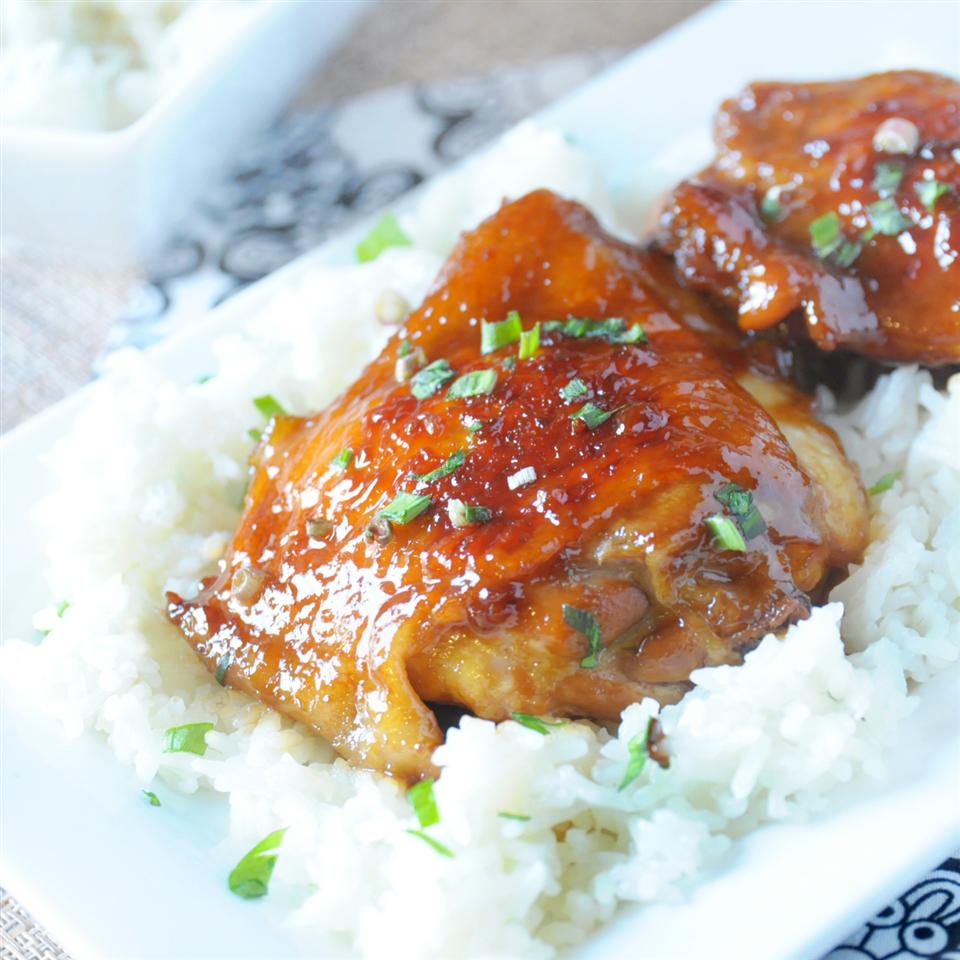
 413 views
413 viewsSoy Sauce Chicken
allrecipes.com
4.6
(120)
35 minutes
Your folders
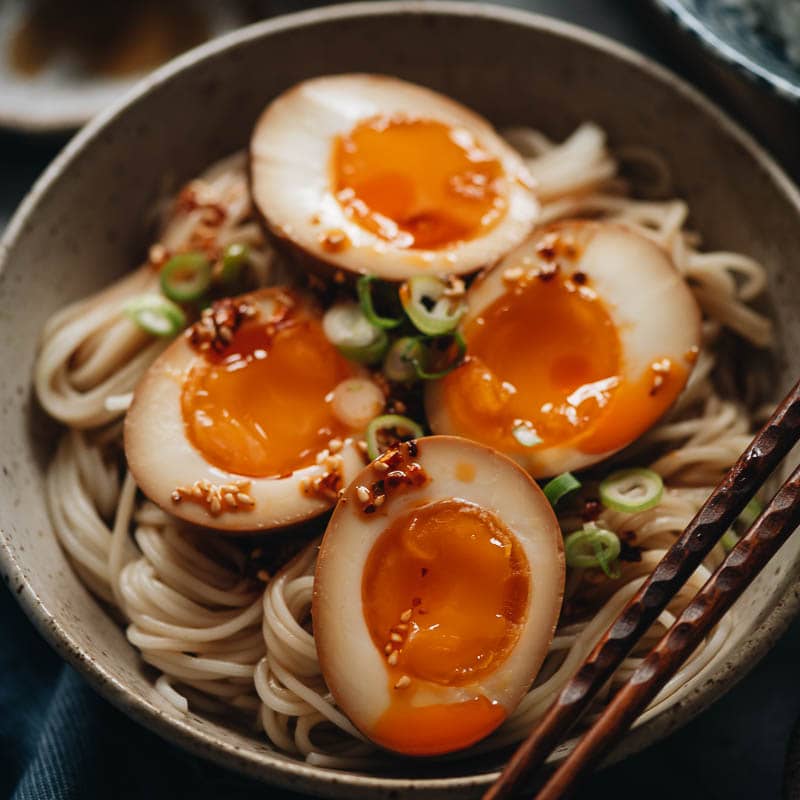
 810 views
810 viewsSoy Sauce Eggs
omnivorescookbook.com
5.0
(8)
15 minutes
Your folders
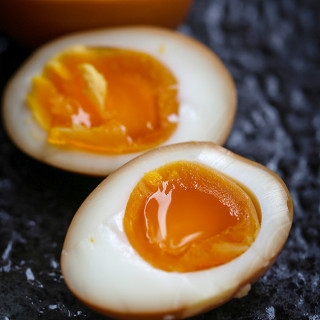
 782 views
782 viewsSoy Sauce Eggs
chinasichuanfood.com
5.0
(5)
Your folders

 489 views
489 viewsSoy sauce chicken
casuallypeckish.com
4.9
(26)
45 minutes
Your folders

 451 views
451 viewsSoy Sauce Eggs
allwaysdelicious.com
5.0
(6)
7 minutes
Your folders

 811 views
811 viewsSoy Sauce Noodles
sweetcaramelsunday.com
10 minutes
Your folders

 640 views
640 viewsSoy Sauce Chicken
thewoksoflife.com
4.9
(27)
90 minutes
Your folders
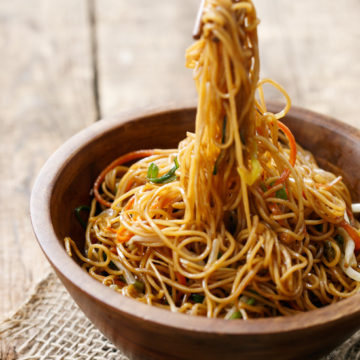
 373 views
373 viewsSoy Sauce Noodles
loveandoliveoil.com
Your folders

 427 views
427 viewsSoy Sauce Eggs
pinchandswirl.com
5.0
(1)
7 minutes
Your folders
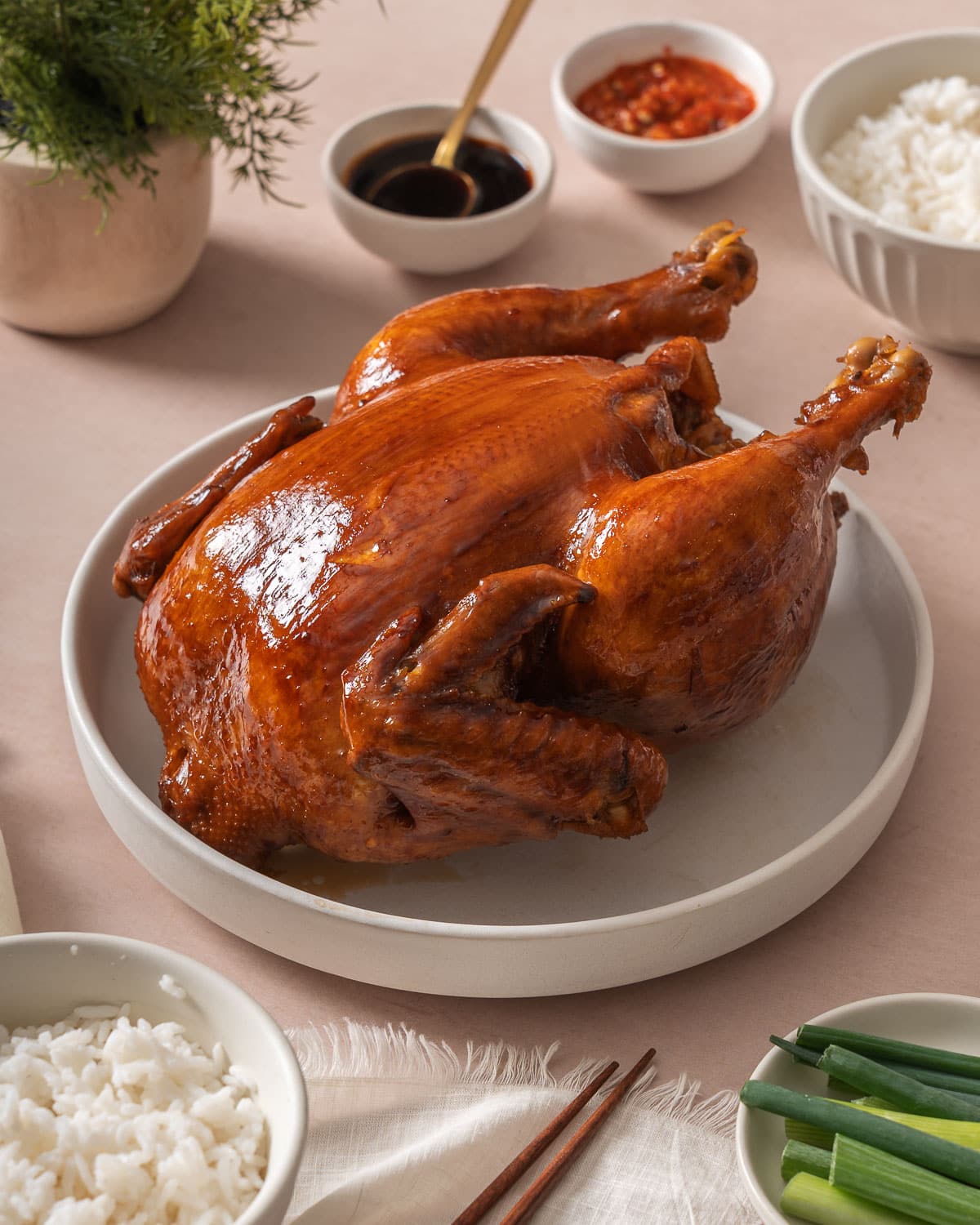
 444 views
444 viewsSoy Sauce Chicken
takestwoeggs.com
5.0
(1)
50 minutes
Your folders

 353 views
353 viewsSoy Sauce Chicken
khinskitchen.com
5.0
(1)
30 minutes
Your folders

 321 views
321 viewsSoy Sauce Chicken
khinskitchen.com
5.0
(1)
30 minutes